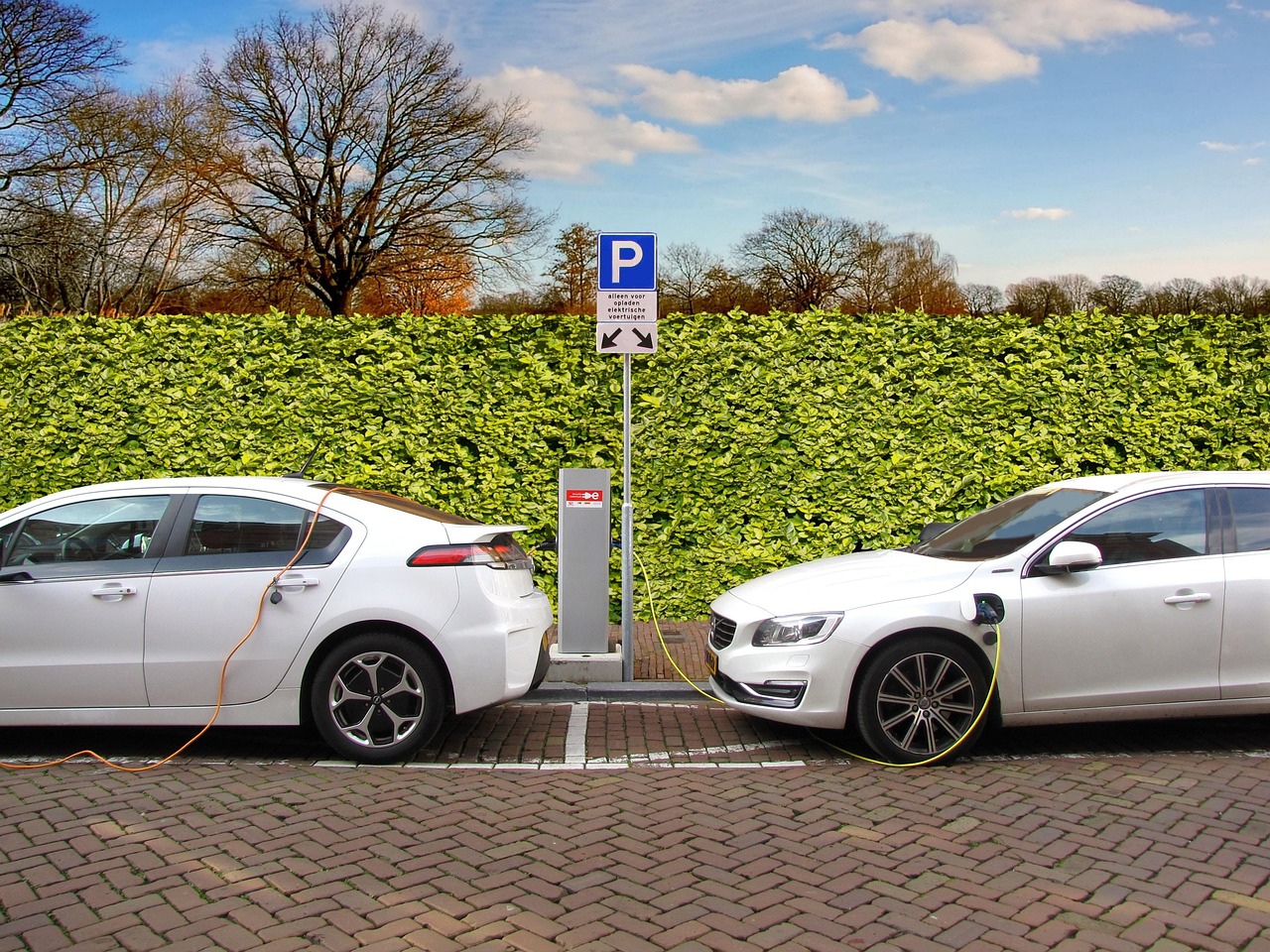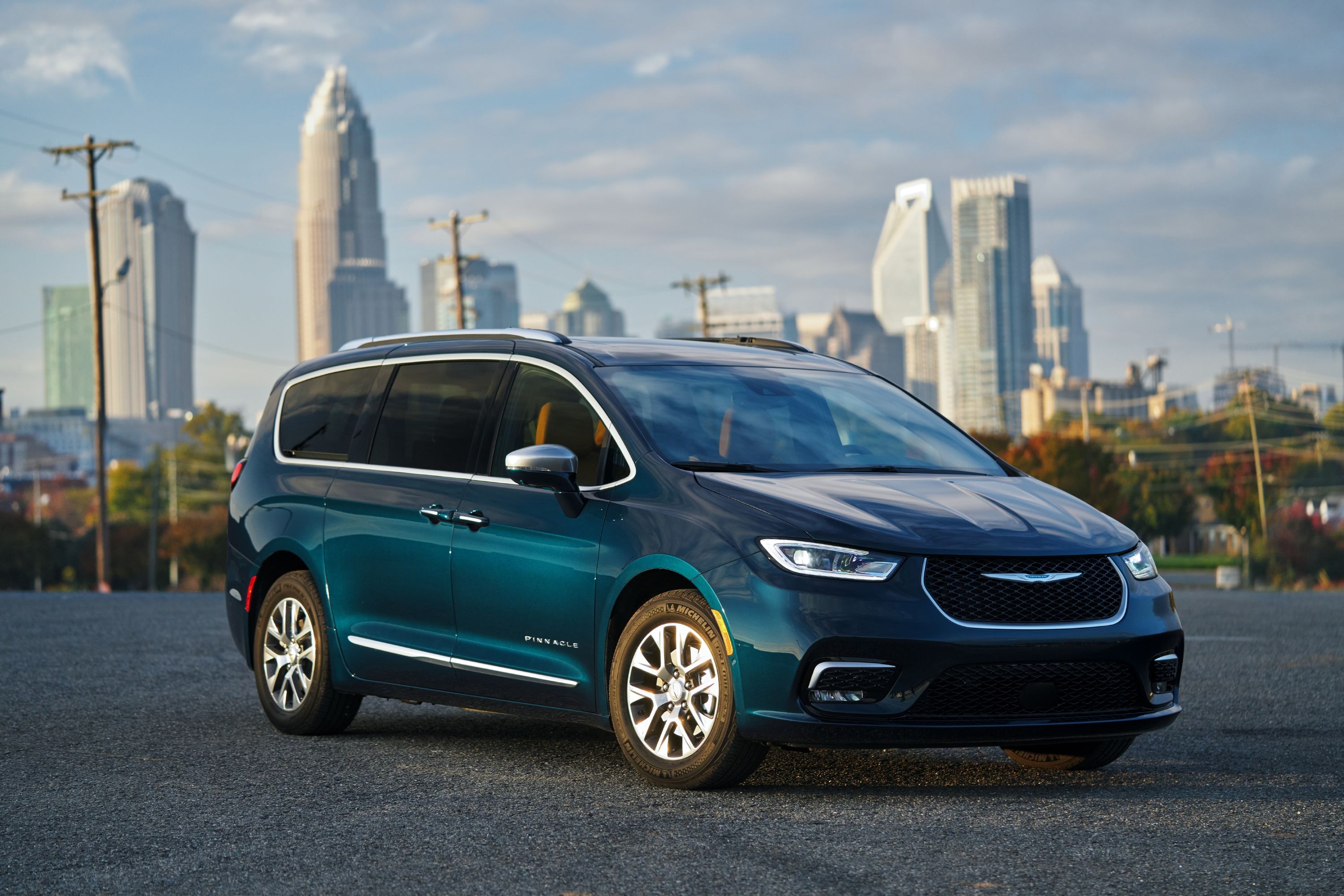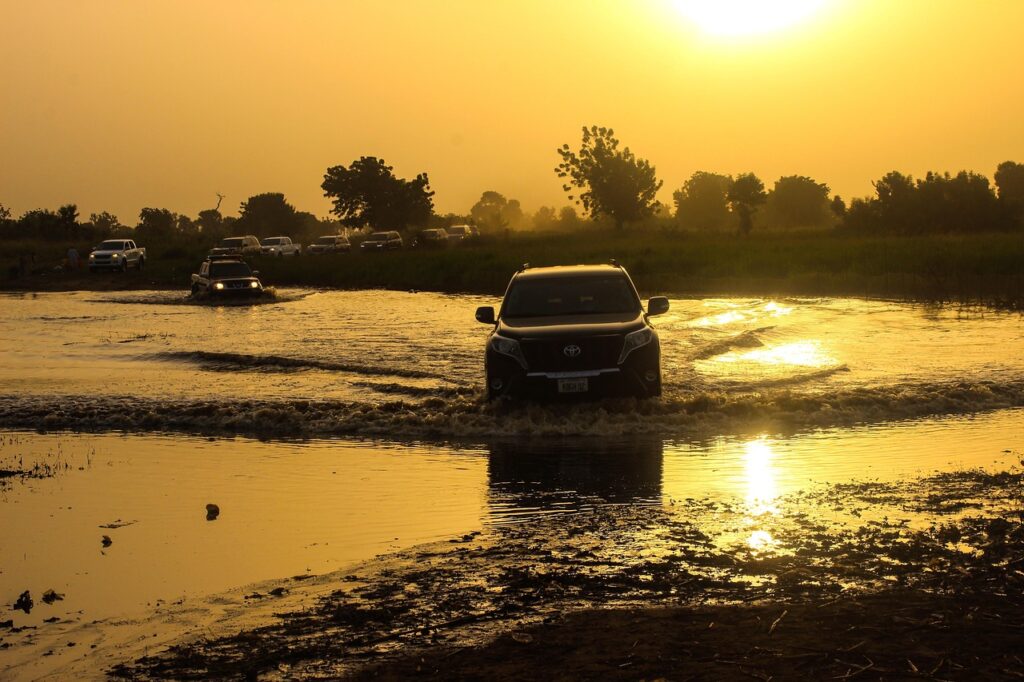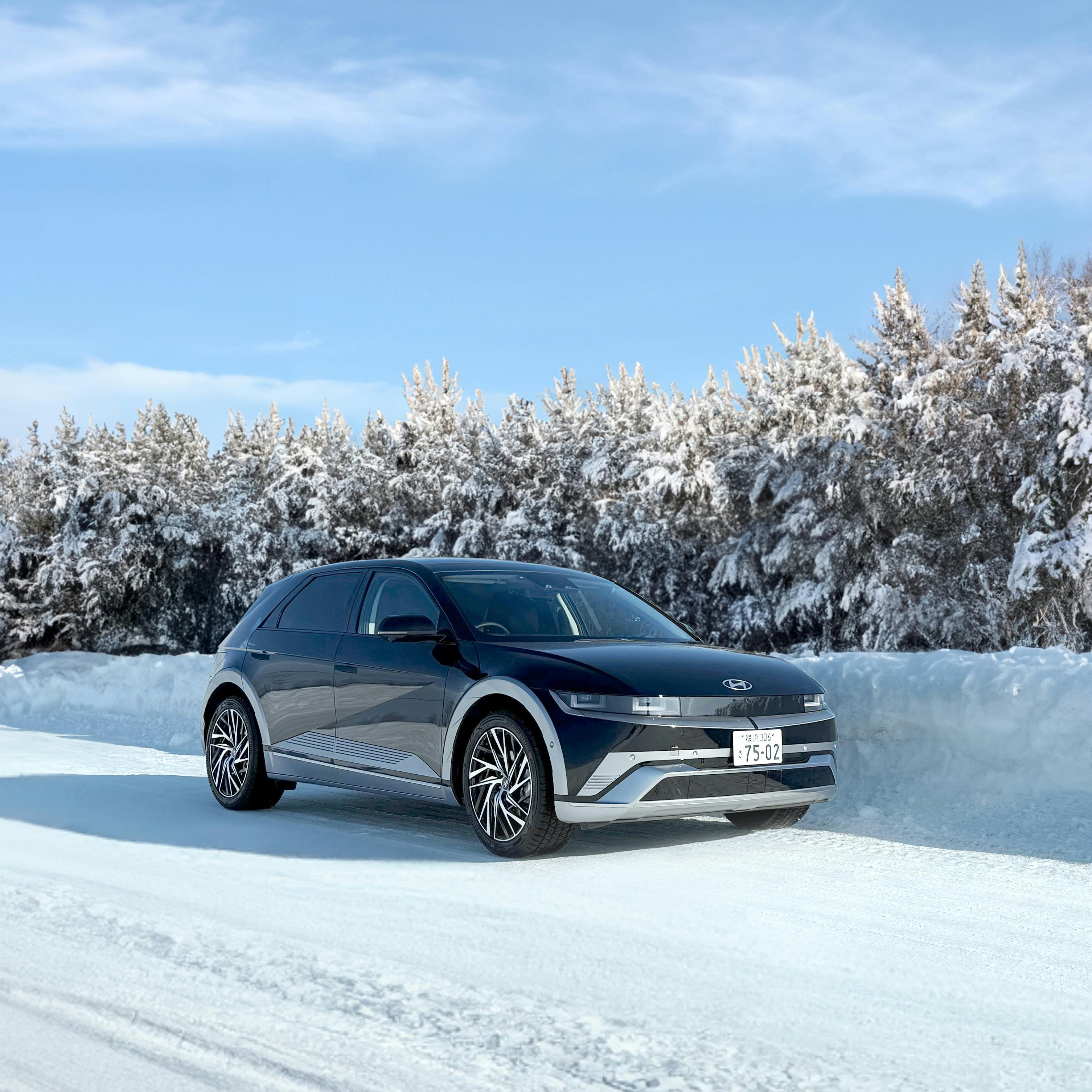
If you drive an electric car, or are even considering making the switch, you’ve likely heard the whispers—or perhaps outright pronouncements—about how EVs supposedly struggle in winter. The notion that electric vehicles lose a significant chunk of their range when temperatures plummet can sound dramatic, conjuring images of being stranded in a snowstorm or facing painfully slow charging times. And while it’s true that cold weather does impact an EV’s range, the reality is far less dire than these winter horror stories suggest.
Indeed, EVs do experience range loss when the mercury drops, but this phenomenon isn’t as catastrophic as some might believe. It’s primarily due to a few interconnected factors: the inherent inefficiency of lithium-ion batteries in low temperatures, the substantial energy demand for cabin heating, and a reduction in the effectiveness of regenerative braking. Just like your smartphone battery drains faster in the cold, so too do EV batteries, as their chemical reactions slow down and the electrolyte becomes more viscous.
But here’s the good news: with the right knowledge and a few simple, proactive adjustments to your driving and charging habits, navigating winter in your EV can be a smooth and entirely manageable experience. Forget the fear; these practical, user-oriented strategies are designed to equip you with the insights needed to keep your electric vehicle running strong, efficient, and reliable throughout the colder months. Let’s dive into 15 hacks that will help you maximize your EV’s performance, even when Jack Frost comes calling.
1. **Park Your EV in a Garage or Covered Area**One of the simplest yet most effective ways to combat winter’s chill on your EV’s battery is to provide it with shelter. Parking your electric vehicle in a garage or even a covered area can make a significant difference in maintaining battery performance and overall efficiency. The logic is straightforward: a warmer battery is a happier, more efficient battery.
When your EV is parked in a relatively warmer environment, such as a garage, it helps the car hold its battery charge for longer. This natural insulation reduces the rate at which the battery cools down to ambient outdoor temperatures. Consequently, when you’re ready to drive or charge, the battery is already closer to its optimal operating temperature, leading to quicker charging times and better immediate performance.
Even an unheated garage offers a substantial advantage compared to leaving your vehicle fully exposed to freezing winds and snow. The slight elevation in temperature within a garage can significantly improve your battery’s ability to maintain its state of charge and accept incoming power more efficiently. So, if you have a garage, make it your EV’s winter home; if not, opting for a parking garage when you’re out and about can still provide beneficial warmth and protection.
Read more about: Unlocking Dealership Gold: 15 Proven Strategies Car Dealers Use to Maximize Profit on Every Sale and Secure Their Future
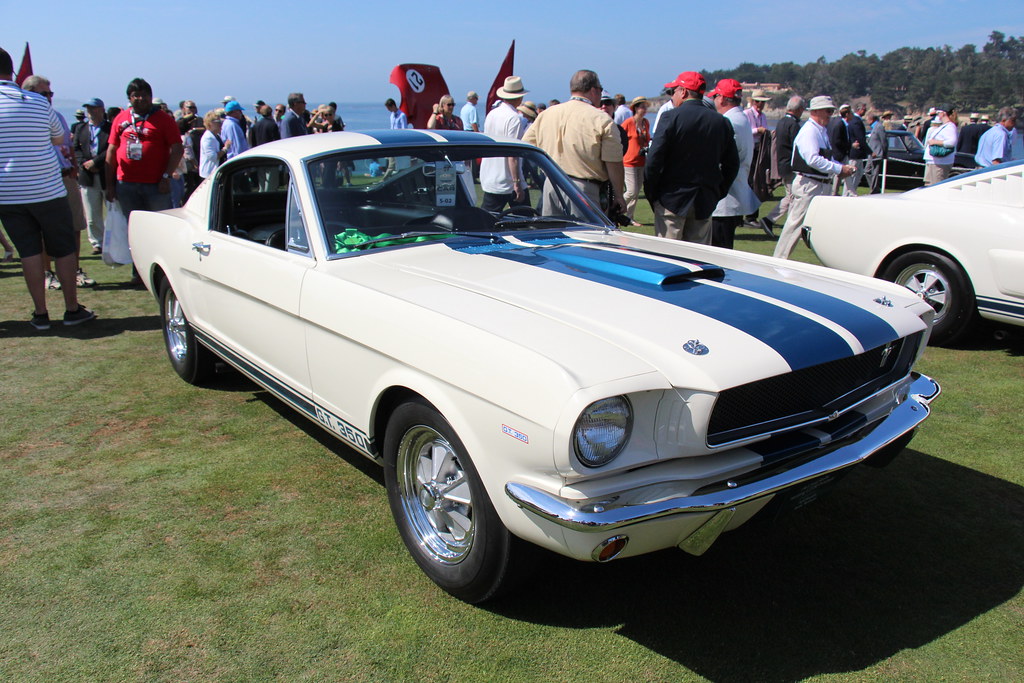
2. **Precondition Your Vehicle While Plugged In**Preconditioning stands out as perhaps the single most effective strategy for cold weather driving, capable of improving winter range by a remarkable 15-25%. This process involves warming up your EV’s battery and cabin before you embark on your journey, all while the vehicle is still plugged into its charging source. It’s a game-changer for maintaining efficiency and comfort.
Studies and real-world data consistently underscore the power of preconditioning. For instance, Tesla’s research indicates that a pre-conditioned Model 3 uses 25% less energy for the first 10 minutes of driving in -10°C weather. Similarly, BMW found that their i4 achieved optimal battery temperature three times faster when pre-conditioning was used compared to starting cold. By bringing the battery to its optimal temperature, you ensure it can deliver power more efficiently for propulsion and accept regenerative braking energy more effectively.
Most modern EVs offer convenient ways to schedule this process. You can often set a departure time through your car’s infotainment system or a connected smartphone app, allowing the vehicle to automatically warm itself up while drawing power from the grid, not your drive battery. This means you start your trip with a warm cabin and an optimally conditioned battery, without sacrificing valuable range.
For best results, tailor your preconditioning duration to the actual ambient temperature. For instance, the context suggests 15-20 minutes for temperatures between 5°C and 0°C, extending to 30-45 minutes for 0°C to -10°C, and even 60-90 minutes when temperatures dip below -20°C. Many EVs also feature smart pre-conditioning, which can integrate with your location, weather forecasts, or calendar to adjust timing automatically, making the process even more seamless.
Specific models offer tailored approaches: Tesla recommends setting charging to complete 30 minutes before departure for automatic pre-conditioning. BMW i-series owners can utilize the “Departure Timer” in the ConnectedDrive app. Hyundai and Kia feature “Climate Reservation” for up to 30 minutes, which can be cycled for extreme cold. Ford Mustang Mach-E’s “Remote Start” includes battery warming and is available 35 minutes before unplugging, while Audi e-tron’s auxiliary heating runs independently, allowing pre-conditioning even when not actively charging.
Read more about: Crucial EV Battery Insights: Navigating the Risk of a Costly Replacement Before Year Seven

3. **Maintain Optimal Battery Charge Levels**Strategic battery management is crucial when driving an EV in cold weather. Unlike warmer climates where you might push the battery closer to its limits, winter demands a more conservative approach to maintain optimal performance and longevity. The goal is to keep your battery within a sweet spot that maximizes efficiency and provides a buffer for the colder conditions.
When temperatures are frigid, an EV’s battery management system will reserve a certain percentage of the battery capacity—typically about 15-20%—specifically to heat the battery itself. This internal heating is vital for the battery to operate effectively, but it means a portion of your displayed range is effectively unavailable for propulsion. Understanding this built-in reserve is key to avoiding unexpected range shortfalls.
For maximum efficiency and battery health in general, it’s often recommended to keep your battery charge between 20-80%. However, in winter, aiming for a slightly higher state of charge, perhaps 80-90% or even 90-95%, can be beneficial for overall cold weather performance. This higher charge provides a more robust starting point, giving the battery more capacity to manage internal heating demands without dipping into dangerously low levels. Crucially, avoid letting your battery drop below 20% in cold weather to prevent deep discharges, which can stress the battery and impact its lifespan.
This also means you should plan to charge more frequently than you might in warmer months. By consistently topping up your battery and avoiding prolonged periods at very low charge, especially overnight in extreme cold, you ensure that the battery cells remain in a more stable and ready-to-perform state. Remember to allow for at least a 20% variance in your available range when planning longer winter trips to be on the safe side, accounting for both battery self-heating and increased energy consumption.
Read more about: The 10 EVs That Go the Distance: Maintaining Nearly 80% Battery Life Over Time
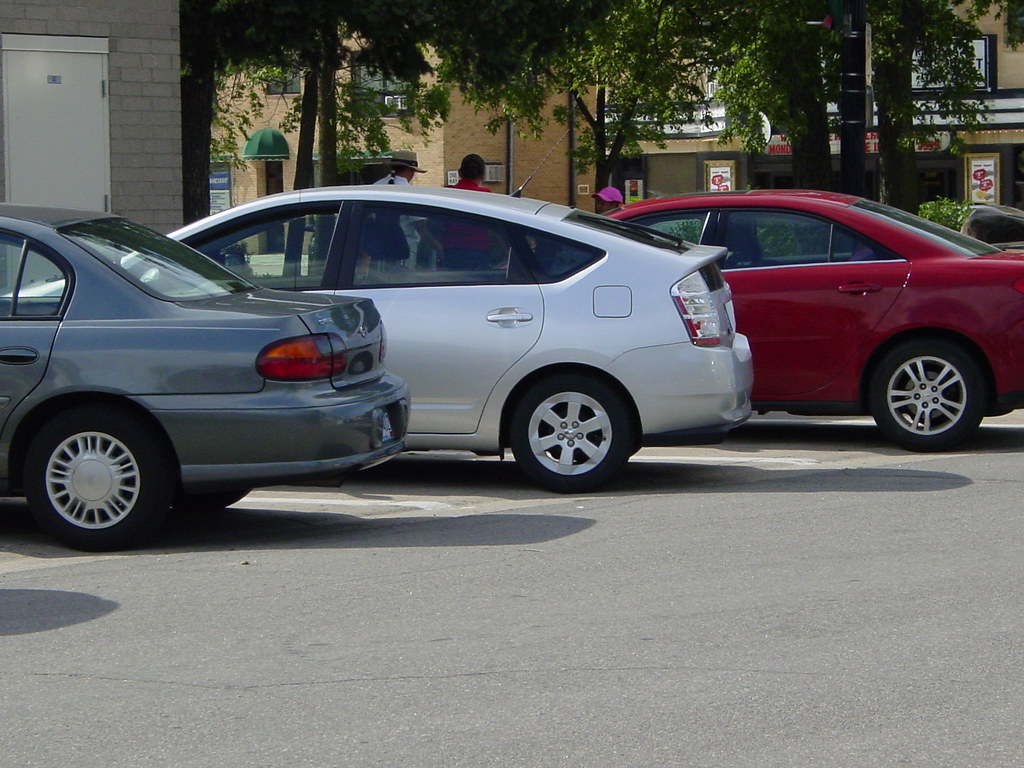
4. **Prioritize Heated Seats and Steering Wheel Over Cabin Heat**One of the biggest energy drains for any electric vehicle in winter is cabin heating. Unlike internal combustion engines that produce waste heat as a byproduct, EVs rely on electric heaters, which draw power directly from the battery to warm the passenger compartment. However, there’s a much more efficient way to stay toasty without severely impacting your range.
Instead of blasting the full cabin heater, prioritize the use of heated seats and, if your vehicle has it, a heated steering wheel. These features are designed to warm you directly, rather than expending energy to heat the entire volume of air within the car. The difference in energy consumption is significant; heated seats use considerably less electricity than the full cabin heater, making them an incredibly efficient choice for personal comfort.
Think about it this way: heating a small area in direct contact with your body is far more energy-efficient than trying to warm several cubic feet of air. This strategy is particularly beneficial for EVs with more limited range, where every kilowatt-hour counts, but it remains a smart practice for longer-range vehicles as well. In a solo driving situation, restricting heating to just the driver’s seat can further optimize this energy-saving hack.
The context explicitly states that heated seats feel fantastic, and they truly do! They provide immediate, direct warmth, keeping you comfortable even when the cabin air isn’t scorching hot. Pairing them with a heated steering wheel ensures your hands stay warm, further reducing the psychological need to crank up the main heater. By making these direct heating elements your primary source of warmth, you can conserve substantial battery power for driving, extending your effective winter range.
Read more about: 11 Genius Hacks to Keep Your Car from Turning into a Pizza Oven This Summer
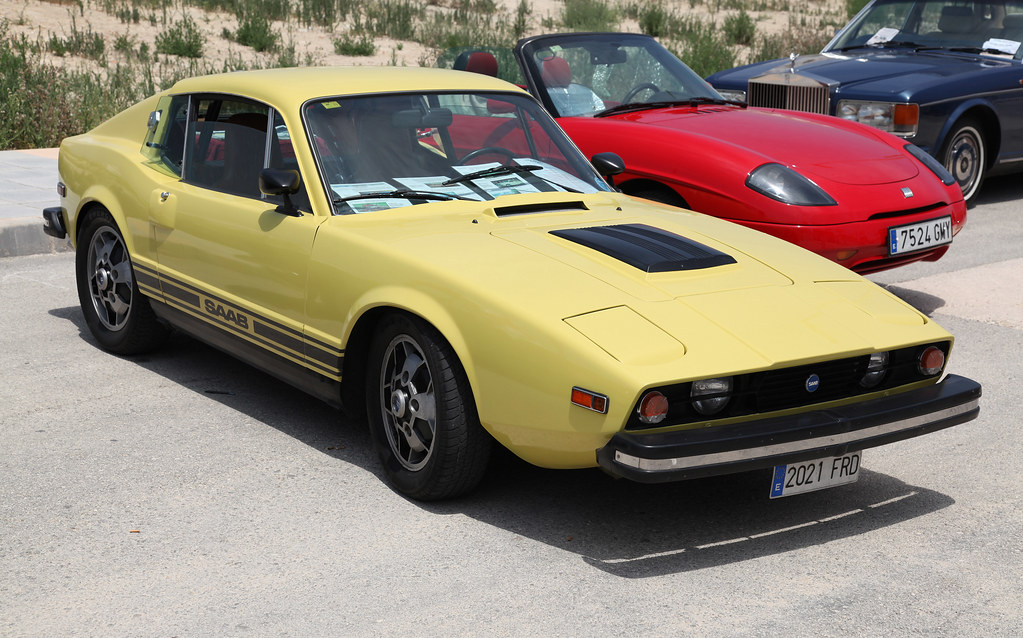
5. **Ensure Proper Tire Inflation and Consider Winter Tires**Just like with gasoline-powered vehicles, tire health is paramount for an EV’s efficiency and safety, especially in cold weather. However, for electric vehicles, the impact of properly inflated tires on range can be even more pronounced. The air pressure in your tires naturally contracts as temperatures drop, leading to lower pressure.
Lower tire pressure directly translates to increased rolling resistance. This means your EV’s motor has to work harder to propel the vehicle down the road, consequently drawing more energy from the battery and reducing your overall range. To counteract this, it is crucial to check your tires’ pressure regularly, ideally monthly, and maintain them at the manufacturer’s recommended optimal levels. This simple maintenance step ensures your car drives with as little resistance as possible, maximizing your winter range.
Beyond just pressure, the type of tire you use also plays a significant role. If you reside in an area that experiences a decent amount of snow and ice, considering a set of dedicated winter or snow tires is highly advisable. These tires are designed with specific tread patterns and rubber compounds that offer superior grip in adverse conditions, enhancing safety by providing better traction for accelerating, braking, and cornering.
Interestingly, the context also notes that using winter tires can sometimes improve EV range in cold weather due to their better grip and potentially optimized rolling resistance for winter surfaces, contrary to some common assumptions. Additionally, adapting your driving style by being light on the accelerator and brake in adverse weather is crucial. In particularly slick conditions, you might even consider temporarily turning off your vehicle’s regenerative braking function to prevent unexpected loss of grip, ensuring a smoother and safer drive.
Read more about: Emergency Ready: Your Step-by-Step Guide to Safely Changing a Tire on a Busy Highway
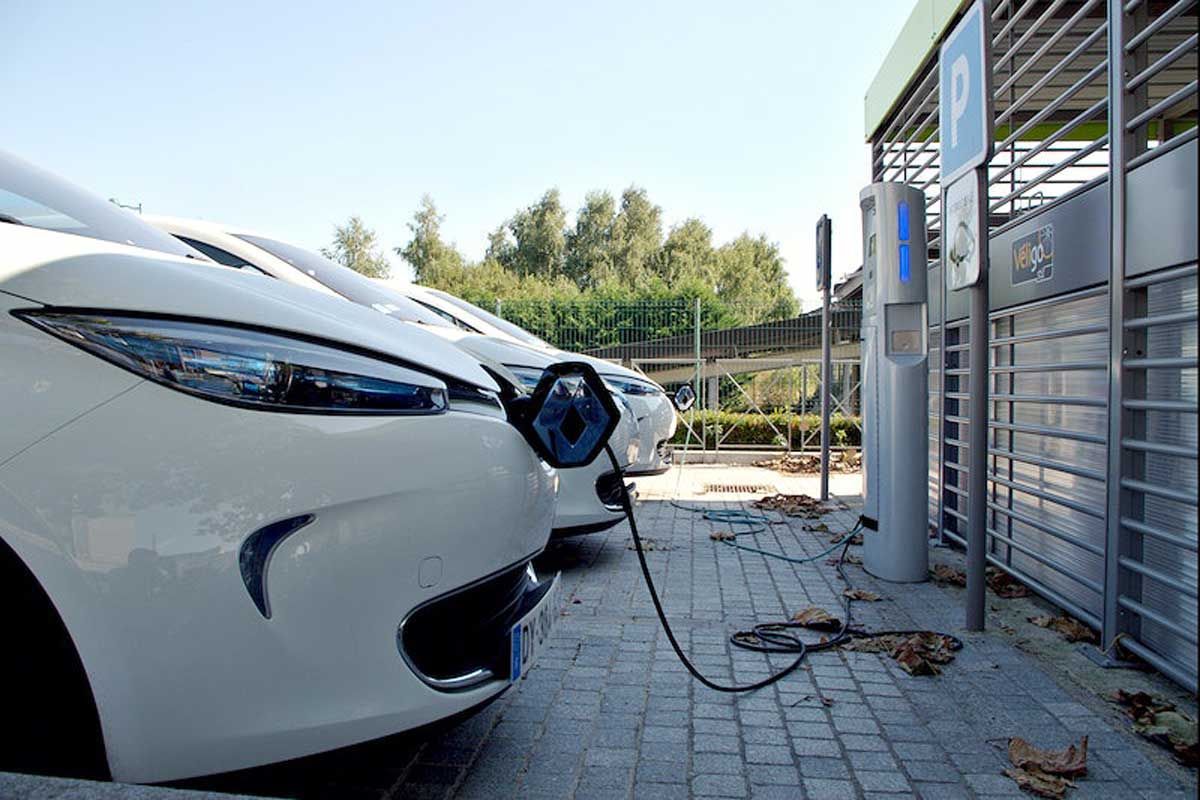
6. **Utilize Your EV’s Eco-Mode**Most electric vehicles come equipped with various driving modes, and one of the most valuable settings for winter driving is typically referred to as “eco-mode.” This mode is specifically engineered to boost mileage and reduce overall power consumption, making it an excellent tool for extending your EV’s range when temperatures plunge. Engaging eco-mode is a straightforward hack that can provide immediate benefits.
Eco-mode achieves its efficiency gains by intelligently limiting the energy supplied to both the driving motor and, critically for winter, the cabin heaters. This means less power is drawn from your battery for non-essential functions, allowing more energy to be dedicated to propulsion. While you might notice a more subdued acceleration response, which can feel a little slower, this isn’t necessarily a drawback in icy or snowy conditions.
In fact, the gentler acceleration provided by eco-mode can actually make driving safer in adverse weather. Smoother, less aggressive power delivery helps prevent wheel spin and improves traction on slippery surfaces. This controlled approach can be particularly reassuring when navigating roads that are less than ideal. Many EVs even feature winter-specific efficiency modes that fall under this umbrella, optimizing various vehicle parameters for cold-weather performance.
However, a crucial safety caveat from the context: if the roads are in poor condition and your car offers a dedicated ‘traction mode,’ always prioritize using that for safety over eco-mode. Traction mode is specifically designed to maximize grip and stability in challenging situations, which is always the primary concern in hazardous driving conditions. Eco-mode is best employed when you’re looking to conserve energy on relatively stable but cold roads.
Read more about: Unlocking Winter Efficiency: Why Your EV’s Range Shrinks in the Cold and 11 Expert Strategies to Maximize It
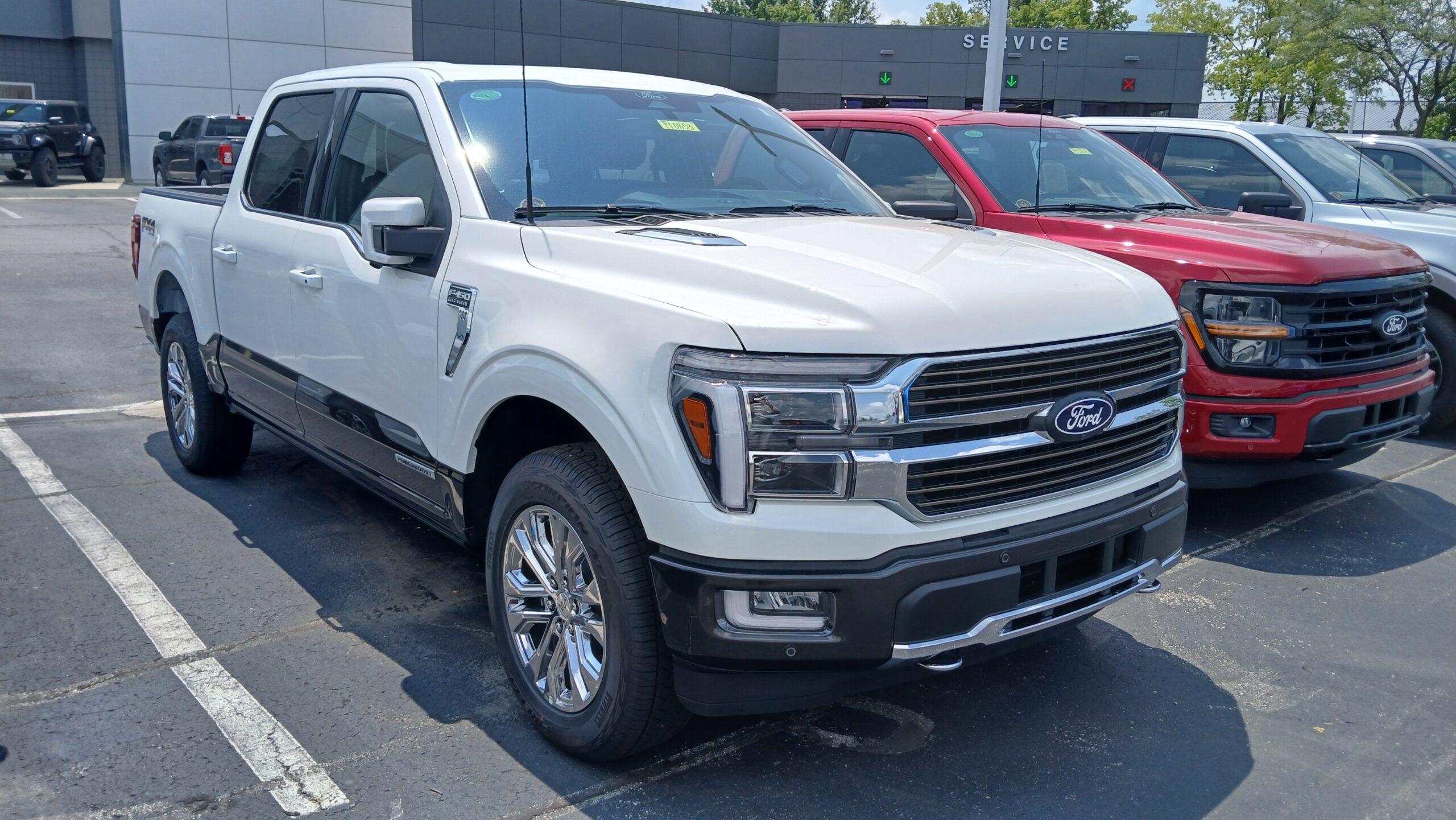
7. **Optimize Cabin Heating with Heat Pumps**As we’ve discussed, cabin heating is one of the biggest energy drains for an EV in winter, consuming a significant portion of your battery’s capacity. While heated seats offer a great alternative for personal comfort, modern EVs are increasingly featuring a sophisticated solution to this problem: the heat pump system. Understanding and utilizing a heat pump, if your EV has one, is a crucial hack for winter range optimization.
Heat pumps are remarkably more energy-efficient than traditional resistive heaters, which are found in older EV models and simply generate heat by running electricity through a resistive element. The context states that heat pumps can be 2-3 times more efficient than resistive heating, and can even reduce heating energy use by as much as 50%. This technology works by extracting heat from the ambient air outside the vehicle and transferring it into the cabin, much like an air conditioner in reverse.
This efficiency translates directly to extended driving range; heat pumps can extend your EV’s range by up to 10% compared to traditional heating methods. Moreover, they don’t just save energy; they also warm the cabin more quickly, reducing the need for those energy-intensive resistance heaters, especially in extremely cold conditions. For example, at -7°C temperatures, heat pumps can use significantly less power—about one-third—compared to Positive Temperature Coefficient (PTC) heaters, which can consume up to 6kW to heat the cabin.
Heat pumps are now standard on many newer EV models, including those from Tesla, BMW, and Hyundai, and they are effective even in moderately cold temperatures, typically working well down to -10°C. If your EV is equipped with a heat pump, ensuring it’s operating optimally, perhaps by adjusting settings or integrating it with your preconditioning schedule, will be a powerful tool in your winter driving arsenal. This advanced thermal management system is a testament to how automakers are continually improving EV performance in colder climates.
Read more about: Unlocking Winter Efficiency: Why Your EV’s Range Shrinks in the Cold and 11 Expert Strategies to Maximize It

8. **Charge Your EV Smartly in Cold Conditions**Charging your electric vehicle in cold weather requires a more nuanced approach than in warmer seasons. The temperature of your battery significantly influences its ability to accept a charge efficiently, and adopting smart charging practices is essential for both maximizing range and preserving battery health during winter months. It’s not just about plugging in; it’s about plugging in intelligently.
One key recommendation is to aim for a slightly higher state of charge. While a 20-80% rule is often cited for daily efficiency, in winter, charging to 80-90%, or even 90-95%, can be beneficial. A higher state of charge provides better cold-weather performance and ensures that the battery has ample capacity to manage its internal heating systems without dipping too low. Crucially, avoid allowing your battery to drop below 20% in cold conditions, as deep discharges can put undue stress on the battery’s lifespan.
When it comes to charging speed, the general advice is to charge slowly when the battery is cold, as fast charging a cold battery can potentially reduce its lifespan. However, preconditioning your vehicle while it’s plugged in, as discussed earlier, warms the battery to its optimal temperature, which is essential for achieving optimal DC fast charging speeds. So, for those quick top-ups, make sure your battery is pre-warmed.
For daily charging, prioritizing Level 2 or DC Fast Charging is often more efficient in cold conditions compared to slower trickle charging (Level 1), which should be avoided in freezing temperatures. Utilize features like departure timing to ensure your battery is warm just before you leave, and monitor your charging completion time. In extremely cold climates, if you have the option, considering garage heating can further improve charging efficiency and overall battery performance.”
Navigating winter in your electric vehicle doesn’t have to be a daunting task. While the first eight strategies laid the groundwork for managing your EV’s performance in cold weather, there are several more critical hacks to integrate into your routine. These remaining tips focus on refining your driving style, protecting your charging infrastructure, and enhancing your overall preparedness to ensure a smooth, efficient, and safe winter journey. By adopting these expert strategies, you’ll be well-equipped to maximize your EV’s range and maintain optimal functionality, no matter how low the temperatures drop. Let’s delve into the next set of essential winter EV hacks, continuing our comprehensive guide to mastering cold-weather electric driving.
Read more about: Beyond the Odometer: 15 Legendary Engines That Defy Time, Powering On Strong Past 200,000 Miles and into Automotive Immortality

9. **Employ Smooth Driving Techniques**Adapting your driving style is one of the most cost-effective ways to preserve your EV’s range and enhance safety during the colder months. Harsh acceleration and aggressive braking not only consume more energy but can also compromise traction on slippery surfaces. By adopting a smoother, more deliberate approach behind the wheel, you can significantly improve efficiency and control.
Gentle acceleration, characterized by slow and controlled inputs, is crucial in winter. This technique helps prevent wheel spin, ensuring better traction on icy or snowy roads, and simultaneously conserves battery power. It allows the vehicle’s systems to distribute torque more effectively, maximizing the energy used for propulsion rather than wasted slippage.
Maintaining steady speeds is equally important. Frequent acceleration and deceleration force your EV’s motor to work harder, draining the battery more rapidly. By anticipating traffic and road conditions, and striving for a consistent pace, you minimize these energy spikes. This smoother flow of energy not only improves range but also contributes to a more relaxed and safer driving experience.
Furthermore, effectively utilizing regenerative braking, a hallmark of EV driving, plays a significant role. While its efficiency can be reduced when the battery is cold, mastering one-pedal driving allows you to recover energy more consistently when slowing down. Being light on both the accelerator and brake in adverse weather ensures that this energy recovery is smooth and prevents unexpected loss of grip, particularly beneficial on slick surfaces.
Read more about: Unlock Your Potential: 15 Proven Breathing Techniques for Athletes to Conquer Anxiety and Boost Performance
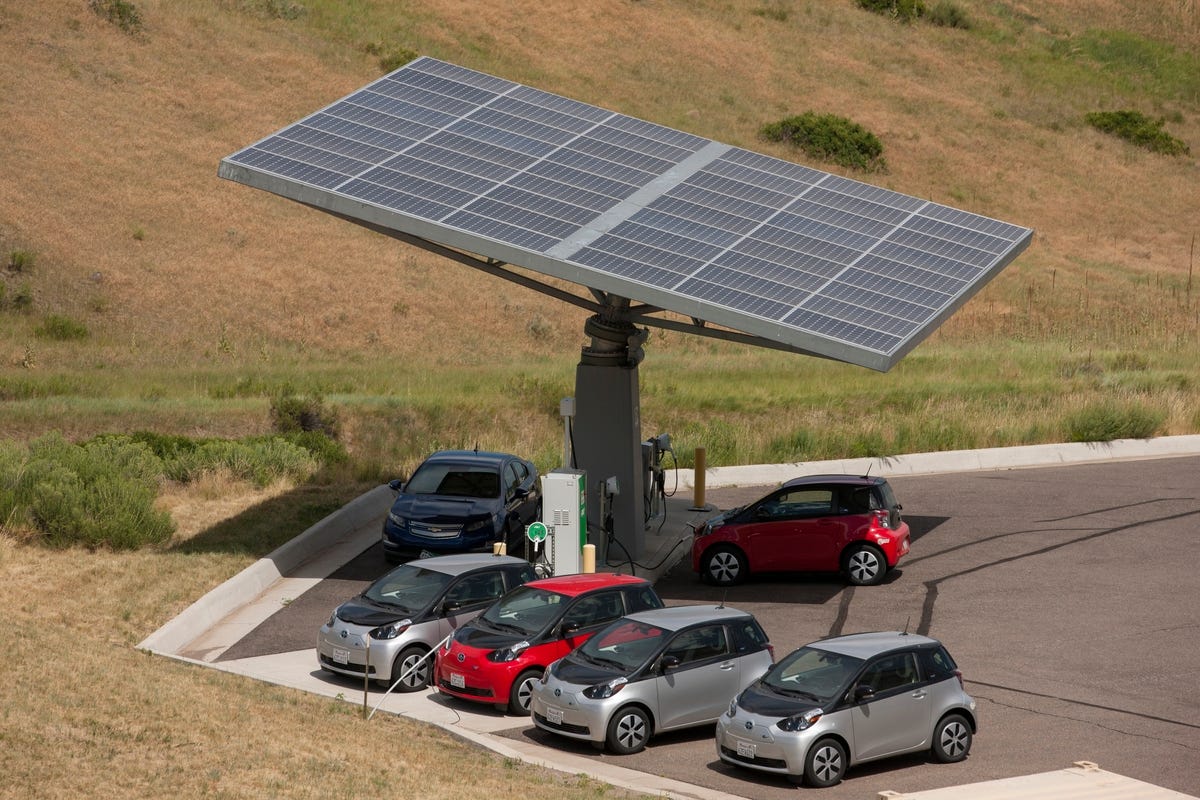
10. **Keep Driving Speeds Moderate to Conserve Energy**It might seem intuitive, but the impact of driving speed on EV range is amplified in cold weather. High speeds drastically increase aerodynamic drag, forcing your electric motor to exert more energy to push the vehicle through denser cold air. Reducing your speed, even slightly, can yield remarkable energy savings and extend your driving range.
Slower speeds directly translate to reduced energy consumption. This is a fundamental principle of physics: the energy required to overcome air resistance increases exponentially with speed. In winter, when your battery is already working harder to provide power and maintain its temperature, minimizing this external drain becomes even more critical.
For instance, research suggests that the optimal speed for maximizing range in freezing temperatures can be as low as 25 mph. While this might not always be practical on highways, it highlights the significant energy penalties of higher speeds. Understanding this optimal range helps drivers make informed decisions about their speed, especially on longer journeys where range anxiety might be a concern.
Even a modest reduction in speed can make a substantial difference. According to data, a 10% speed reduction can improve your EV’s range by a notable 15-20%. This simple adjustment, applied consistently, offers a powerful way to conserve valuable battery power without significantly impacting travel times on many routes, especially urban and suburban commutes.
Read more about: Fueling Your Journey: The 14 Best Fuel-Saving Vans and Strategies for Long-Haul Drivers in 2025

11. **Protect Your EV’s Charging Port**One often-overlooked aspect of winter EV ownership is the protection of the charging port. Exposure to harsh winter elements like rain, snow, and ice can lead to significant inconvenience, potentially hindering your ability to charge your vehicle when you need it most. Ice and snow buildup can freeze the charging door shut or even accumulate within the port itself, making connection difficult or impossible.
To proactively combat this issue, consider investing in a waterproof and magnetic EV charger port cover. These covers are specifically designed to create a protective barrier, shielding the sensitive charging components from the ingress of moisture and freezing precipitation. They act as a physical deterrent to ice formation, ensuring that your port remains clear and functional.
Products like the Ecogenix EV Charger Port Cover exemplify this solution. Crafted with robust, weather-resistant materials, they typically feature a magnetic rim that securely attaches around the charging port, preventing snow, ice, and slush from reaching the electrical contacts. This simple accessory can save you from frustrating delays and potential damage to your vehicle’s charging system.
By taking this straightforward preventative measure, you ensure a smooth and reliable charging process, even in the most challenging winter conditions. A protected charging port means less time spent scraping ice or struggling with frozen connectors, allowing you to maintain your EV’s charge efficiently and without interruption throughout the cold season.
Read more about: The Hidden Costs of Going Electric: 12 Charging Infrastructure Nightmares That Can Turn Your EV Into a Money Pit
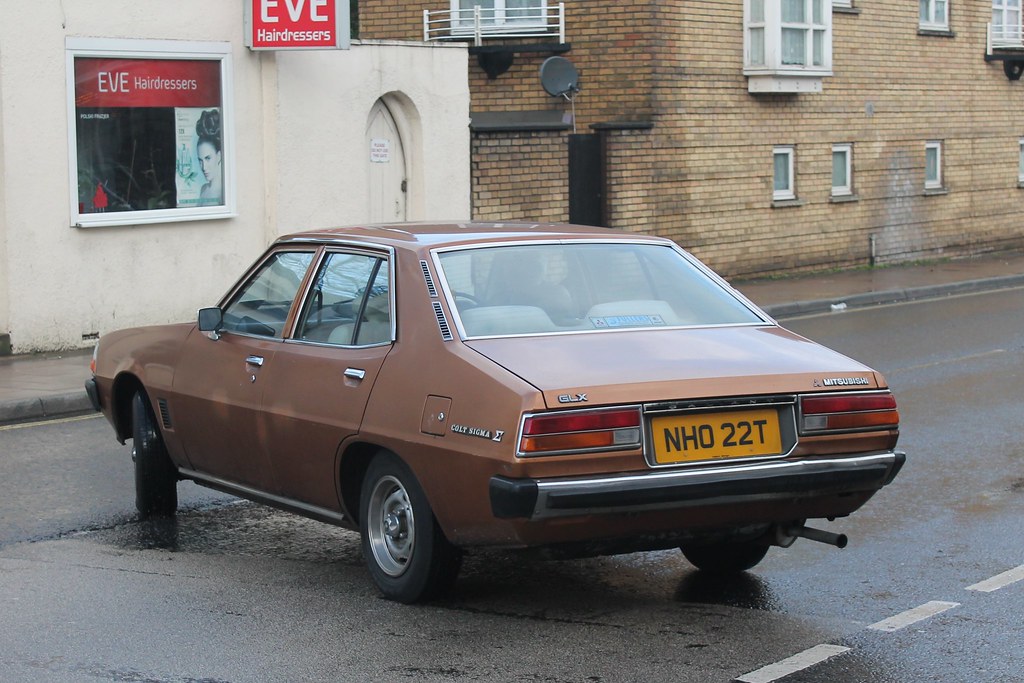
12. **Plan Your Route and Charging Stops Strategically**Strategic route planning becomes an even more vital tool for EV owners during winter. Cold weather significantly impacts charging speed and available range, making meticulous preparation essential for longer trips. Relying solely on your estimated range without factoring in winter degradation can lead to unexpected and inconvenient situations.
Leverage your EV’s mobile application or in-car navigation system to its fullest. These platforms are typically equipped to identify charging stations along your intended route, providing real-time availability and often allowing you to schedule charging sessions in advance. This foresight helps you avoid arriving at a fully occupied or out-of-service charger, which can be particularly frustrating in freezing temperatures.
When planning charging stops, integrate the critical practice of preconditioning. Aim to arrive at a charging station with enough battery to allow for a brief preconditioning cycle while plugged in. This warms the battery to its optimal temperature for charging, significantly improving its ability to accept power. Without pre-warming, DC fast charging speeds can be 50-70% slower when the battery is cold, meaning longer wait times.
While Level 3 DC fast chargers are excellent for quick top-ups (20% to 80% in 20-30 minutes under ideal conditions), be prepared for these times to extend in extreme cold. Factors like the battery’s initial temperature and external ambient conditions play a huge role. For EVs with 800V systems, like those from Hyundai and Porsche, cold weather impacts on charging speed can be somewhat less pronounced, offering a slight advantage in frigid climates. Always plan for extra charging time during winter to be on the safe side.
Read more about: Outsmarting the Crooks: A Tourist’s Guide to Europe’s 14 Most Common Travel Scams

13. **Turn Off the Heater When Charging**Maximizing charging efficiency in cold weather isn’t just about what you do before plugging in, but also what you do during the charging process itself. A simple yet effective hack is to turn off your EV’s cabin heater while it is actively charging, especially when utilizing DC fast charging stations. This practice diverts precious energy away from internal comfort and directs it towards the battery.
When your vehicle is plugged in, preheating the cabin and battery is always the most energy-efficient method. This allows your EV to draw power directly from the grid to warm up, rather than depleting the battery’s stored energy. Once you’re charging, however, running the heater means that a portion of the incoming power is being used for cabin warmth instead of exclusively recharging the battery.
By shutting off the heater, you ensure that the maximum available power from the charging station is channeled directly into the battery. This focused energy transfer is crucial for reaching optimal battery temperatures more quickly and for maximizing the charging speed. The goal is to get the battery to its ideal operating temperature as efficiently as possible to accept the charge and maintain its health.
This simple adjustment can significantly improve both the speed and efficiency of your charging session. It ensures that the battery is at its peak thermal condition to absorb energy, reducing the overall time you need to spend plugged in and maximizing the amount of energy stored for your next journey. It’s a small change that yields noticeable benefits in cold-weather charging performance.
Read more about: Unlocking Winter Efficiency: Why Your EV’s Range Shrinks in the Cold and 11 Expert Strategies to Maximize It
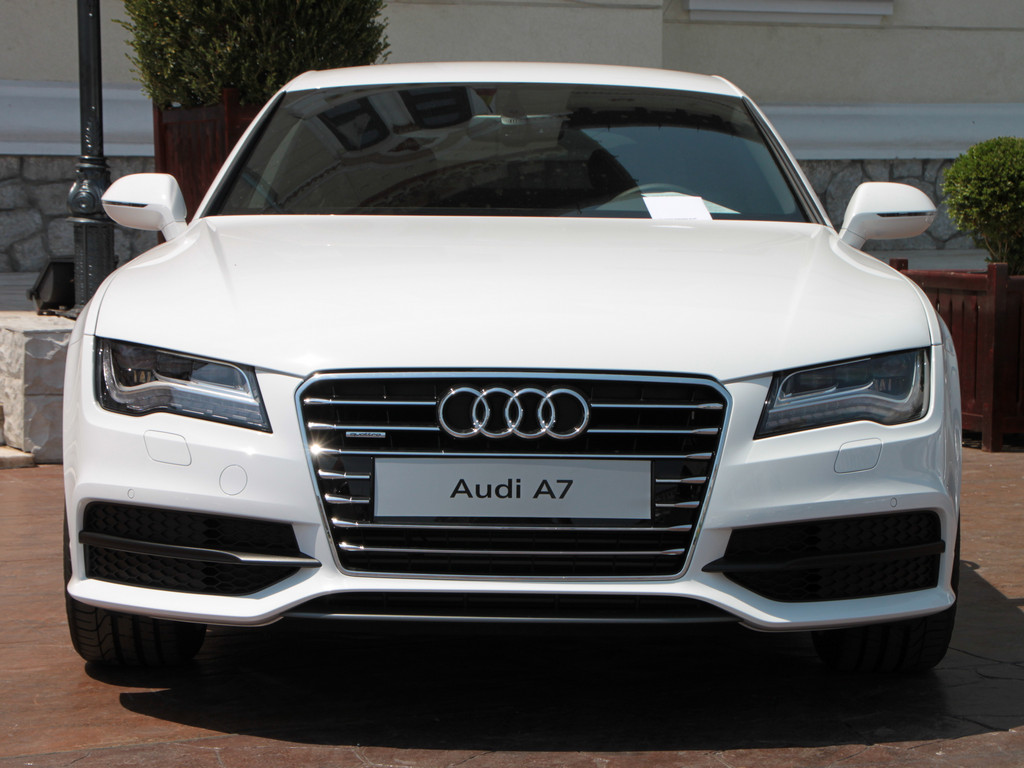
14. **Carry a Comprehensive Emergency Kit for Unexpected Situations**While these hacks are designed to prevent issues, preparedness for the unexpected remains a cornerstone of responsible winter EV driving. Carrying a well-stocked emergency kit is not just a recommendation; it’s a crucial safety measure, especially for electric vehicle owners traversing cold-weather environments. Being stranded in an EV without a backup plan can be particularly challenging.
Your emergency kit should include universal essentials such as a high-powered flashlight, a comprehensive first-aid kit for minor injuries, and non-perishable food items and water to sustain you. Critically for an EV, a portable charger or adapter is a wise addition, offering a small but potentially vital boost in a pinch, even if it’s just for powering auxiliary systems or communication devices.
For winter-specific conditions, the kit needs to be even more robust. Include warm blankets or a sleeping bag to combat extreme cold if heating becomes unavailable, a sturdy shovel for digging out of snow, and a reliable snow brush for clearing windows and lights. Traction aids, such as a bag of sand, cat litter, or tire chains, are invaluable for regaining grip on slippery surfaces.
This comprehensive approach to an emergency kit ensures that you and your passengers are as safe and comfortable as possible should an unforeseen situation arise, such as a prolonged stop due to traffic, a flat tire, or an unexpected depletion of range. It provides peace of mind, knowing you have the tools to manage various roadside challenges that winter can throw your way.
Read more about: 14 Essential Rules for Safer Driving in Heavy Snow and Ice: A Comprehensive Guide for All Drivers
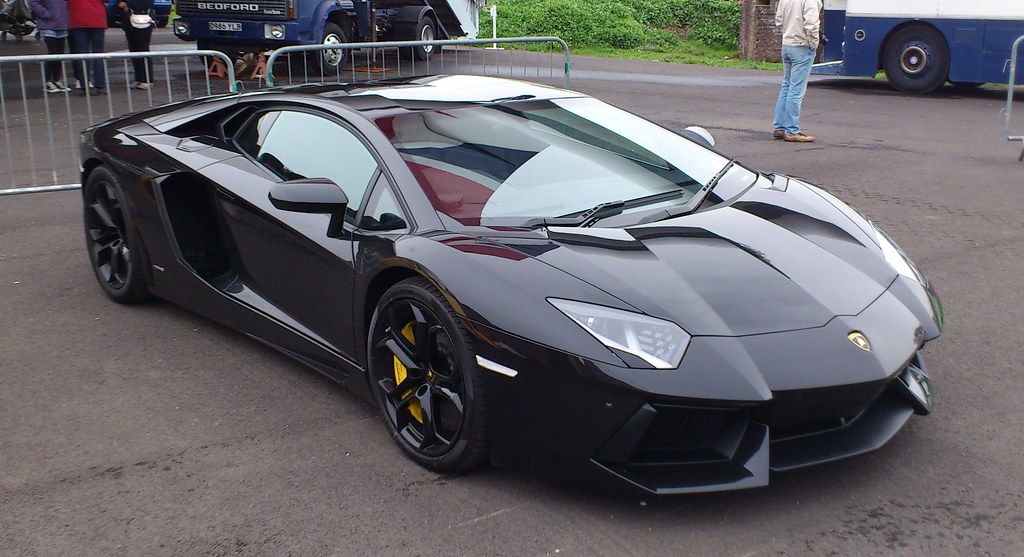
15. **Understand Cold Weather Performance and EV Differences**To truly maximize your EV’s range and performance in winter, a deeper understanding of how cold impacts the technology is essential. It’s not just about applying hacks; it’s about knowing the ‘why’ behind them. Electric vehicle range loss in winter is a complex phenomenon rooted in the inherent characteristics of lithium-ion batteries and the demands of thermal management.
The scientific explanation points to reduced ionic conductivity in lithium-ion batteries at low temperatures, where the electrolyte becomes more viscous and chemical reactions slow down. This directly diminishes both power output and energy capacity. For context, AAA testing found EVs lose an average of 12% range at 20°F (-7°C) without heating, but this jumps to a significant 41% when cabin heating is activated.
Energy consumption in cold weather is also distinctly distributed. At -10°C, driving (propulsion) accounts for 45-55% of energy use, but cabin heating demands a substantial 25-35%, and battery thermal management requires another 10-15%. Factors like trip length (short trips see higher percentage losses), heating system type (heat pumps are superior), battery size, and the sophistication of thermal management systems all influence performance.
Real-world testing reveals notable differences across brands. Top performers like the BMW i4 eDrive40 and Hyundai IONIQ 6 show impressive range retention (18-19% loss at -7°C), largely thanks to efficient heat pumps and advanced thermal management. In contrast, models such as the Nissan Leaf and Chevrolet Bolt EV, often equipped with resistive heating and basic thermal systems, can experience more severe losses, sometimes up to 42-46%.
Finally, cold weather profoundly affects charging performance. DC fast charging can be 50-70% slower when the battery is cold, emphasizing why pre-conditioning is non-negotiable for optimal speeds. Even AC home charging can be slower in extreme cold, potentially not reaching full rates below -20°C. Therefore, understanding these limitations and the benefits of a warm battery for both driving and charging is paramount for any EV owner in winter. It equips you with the knowledge to manage expectations and apply strategies more effectively.
Read more about: Navigating the Roads: 14 Pickups and Factors American Insurers Now Flag as ‘High-Risk’ for Owners
Winter EV driving is undoubtedly a different experience than warmer months, but it’s far from insurmountable. By implementing these 15 simple hacks—from smart parking and preconditioning to optimizing your driving style and understanding your vehicle’s unique characteristics—you can ensure your electric car remains a reliable and efficient mode of transport throughout the entire cold season. Embrace these strategies, and you’ll find that winter driving with an EV can be just as comfortable and convenient as any other time of year. Stay warm, drive smart, and enjoy the silent, powerful journey, no matter the weather!

